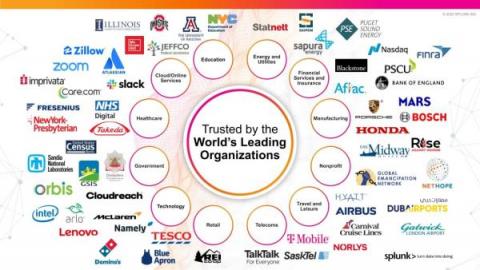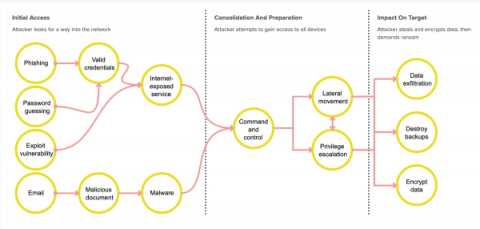Security 101: Vulnerabilities, Threats & Risk Explained
In cybersecurity, the things to consider are endless. Before we get ahead of ourselves, let’s make sure we fully understand three fundamental concepts of security: In this article, we’ll look at these security concepts in depth and hear from industry experts. (For the latest and greatest in all things security, check out the Splunk Security Blog & these Cybersecurity and InfoSec Events & Conferences.)











